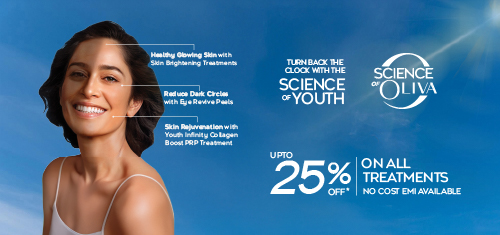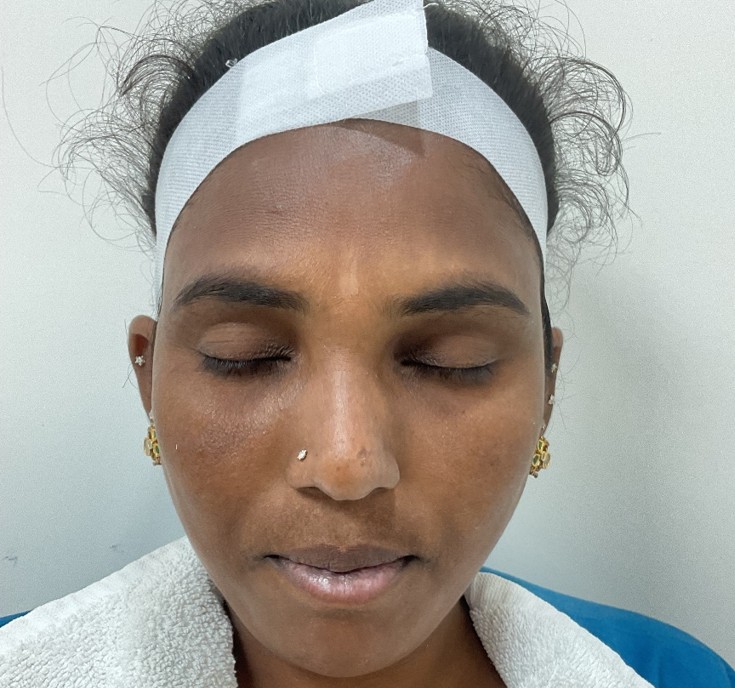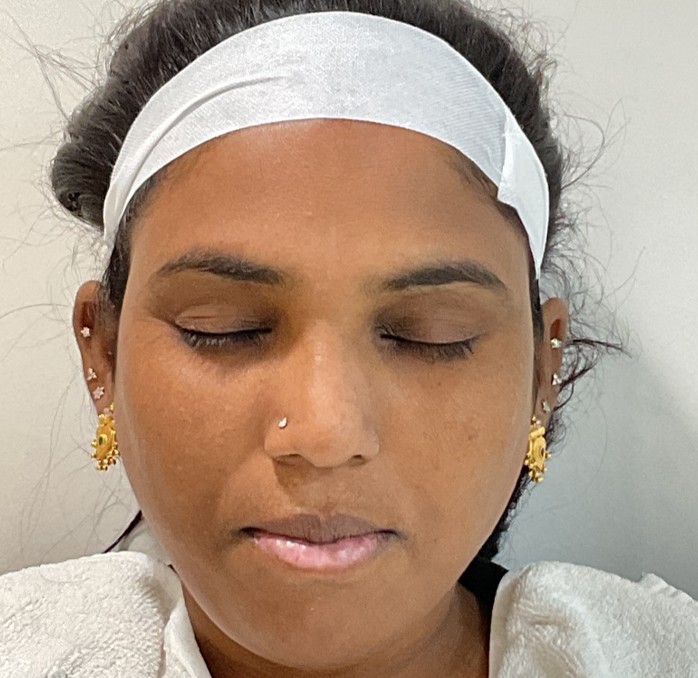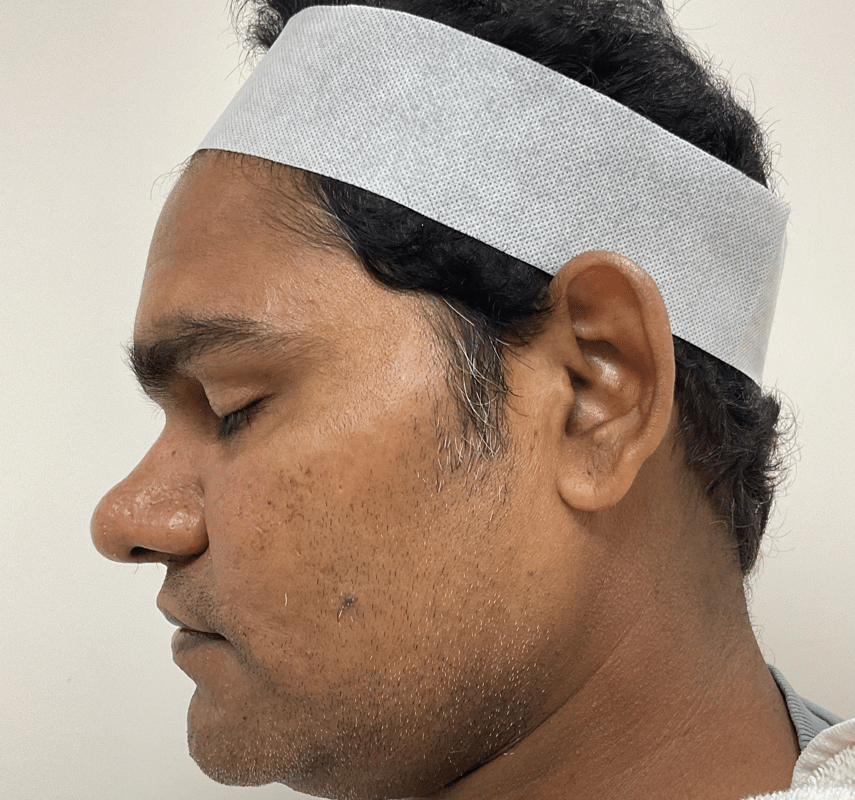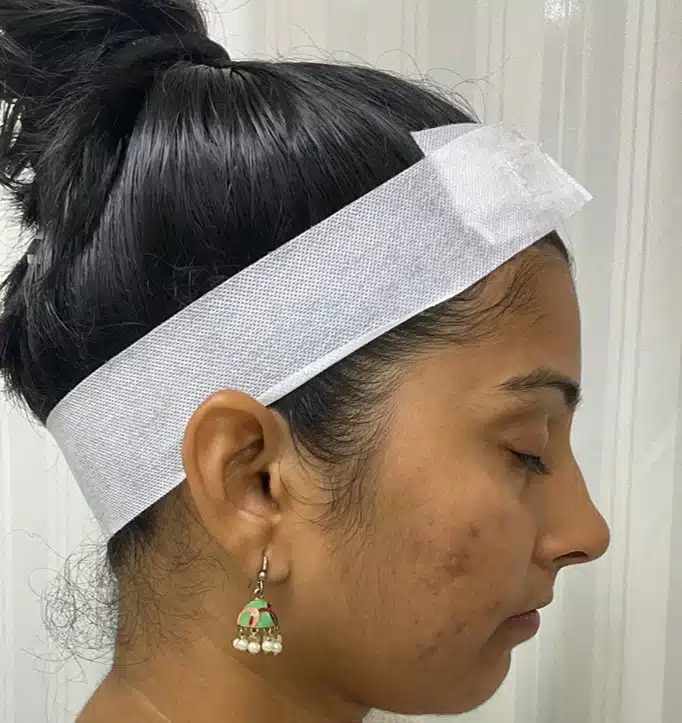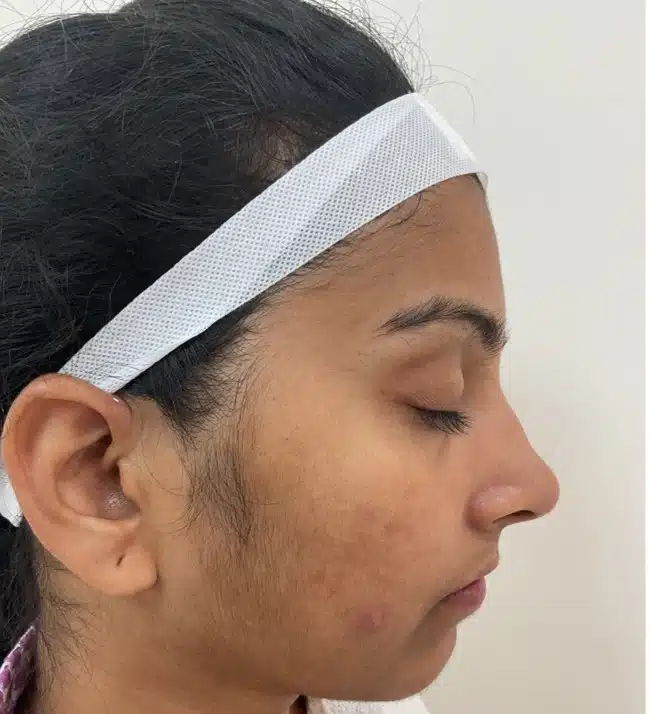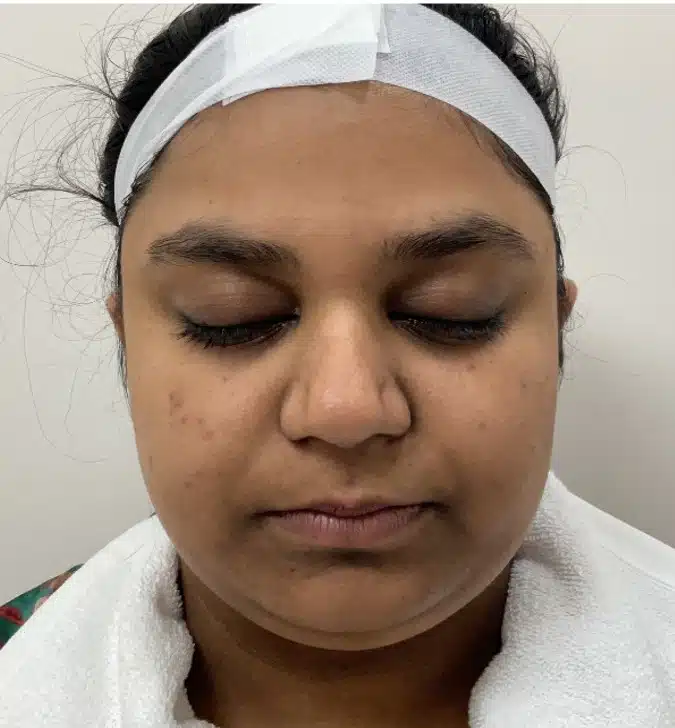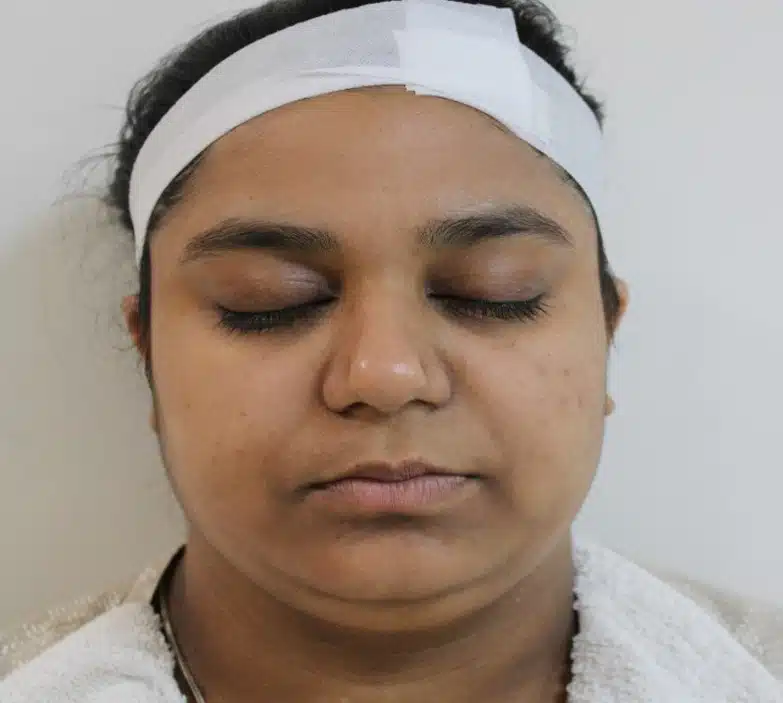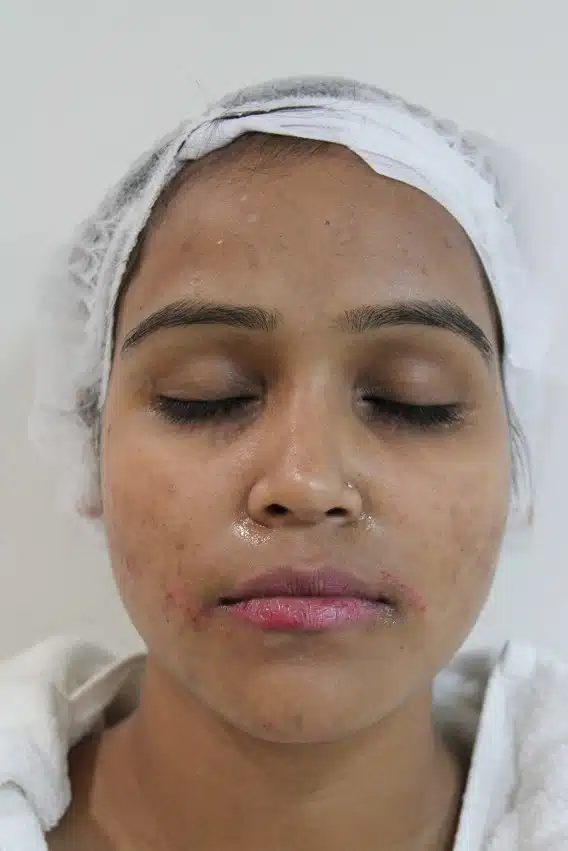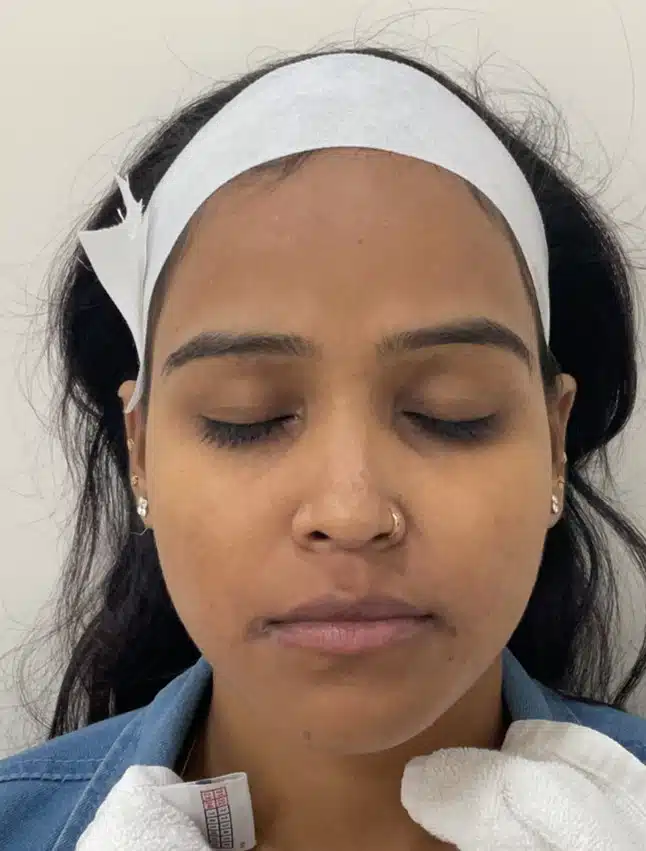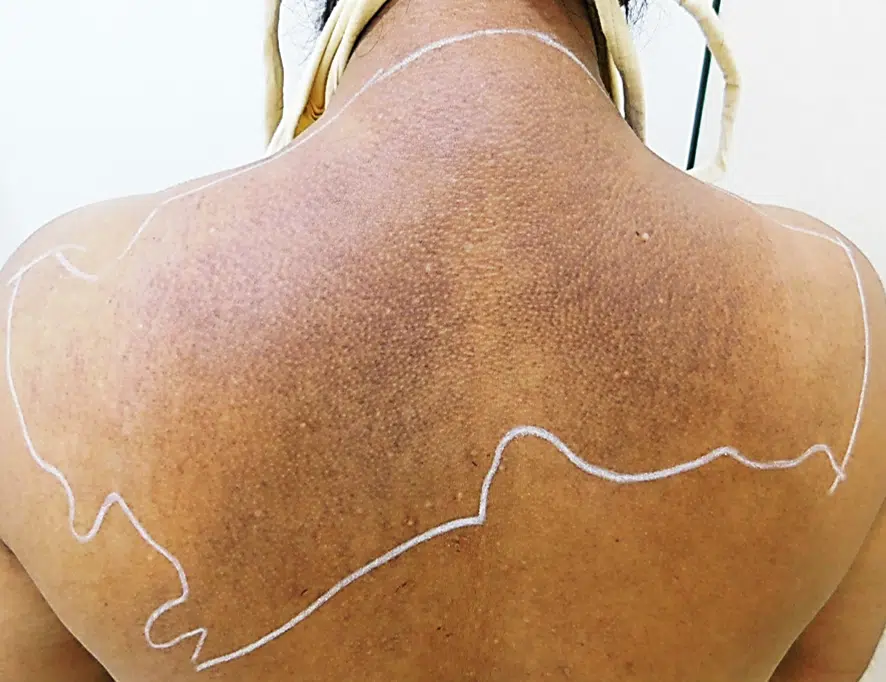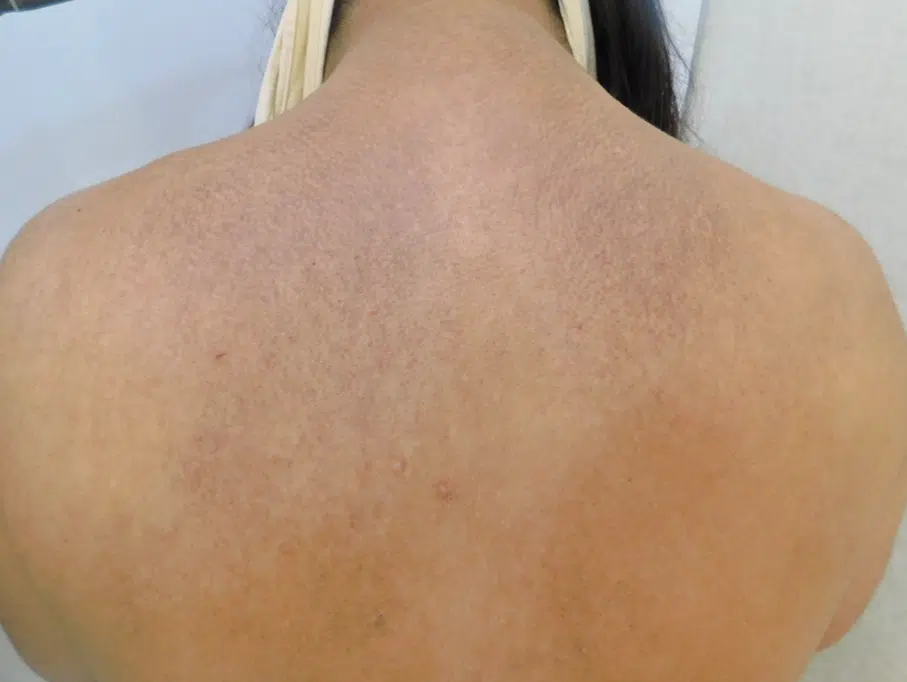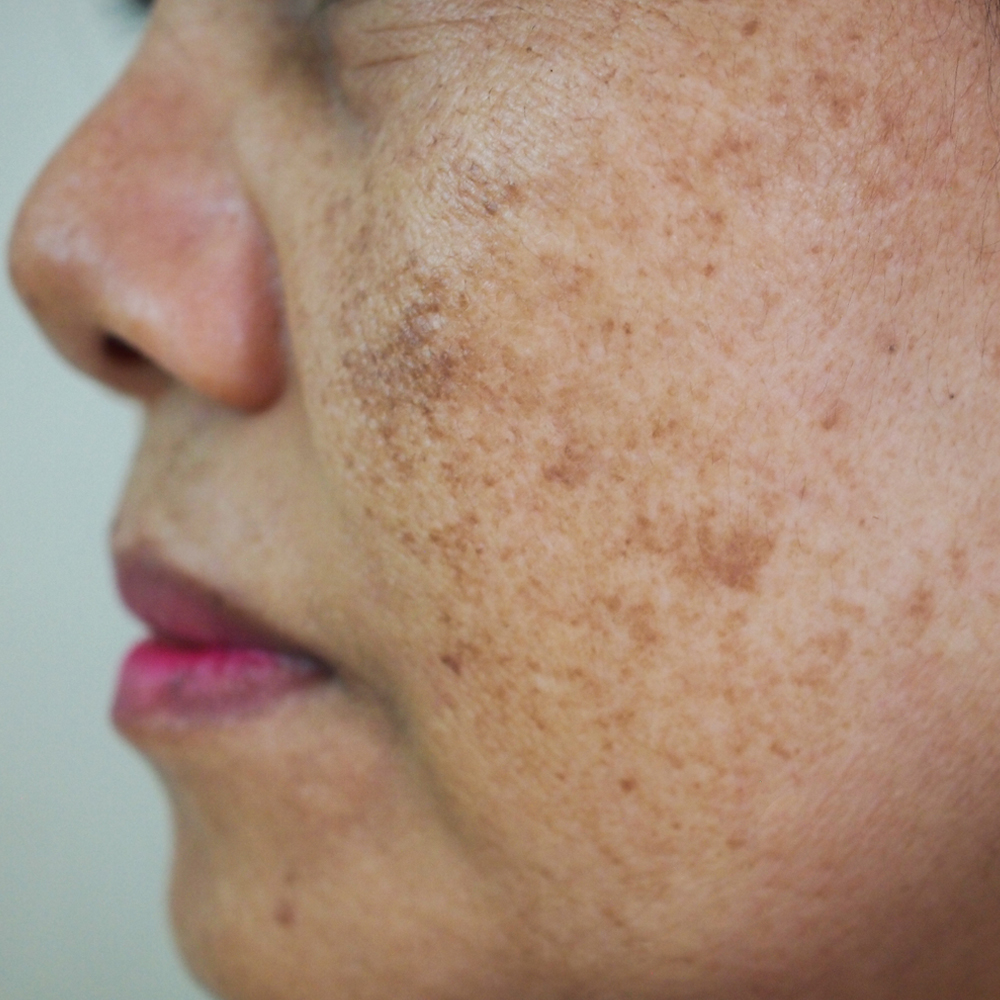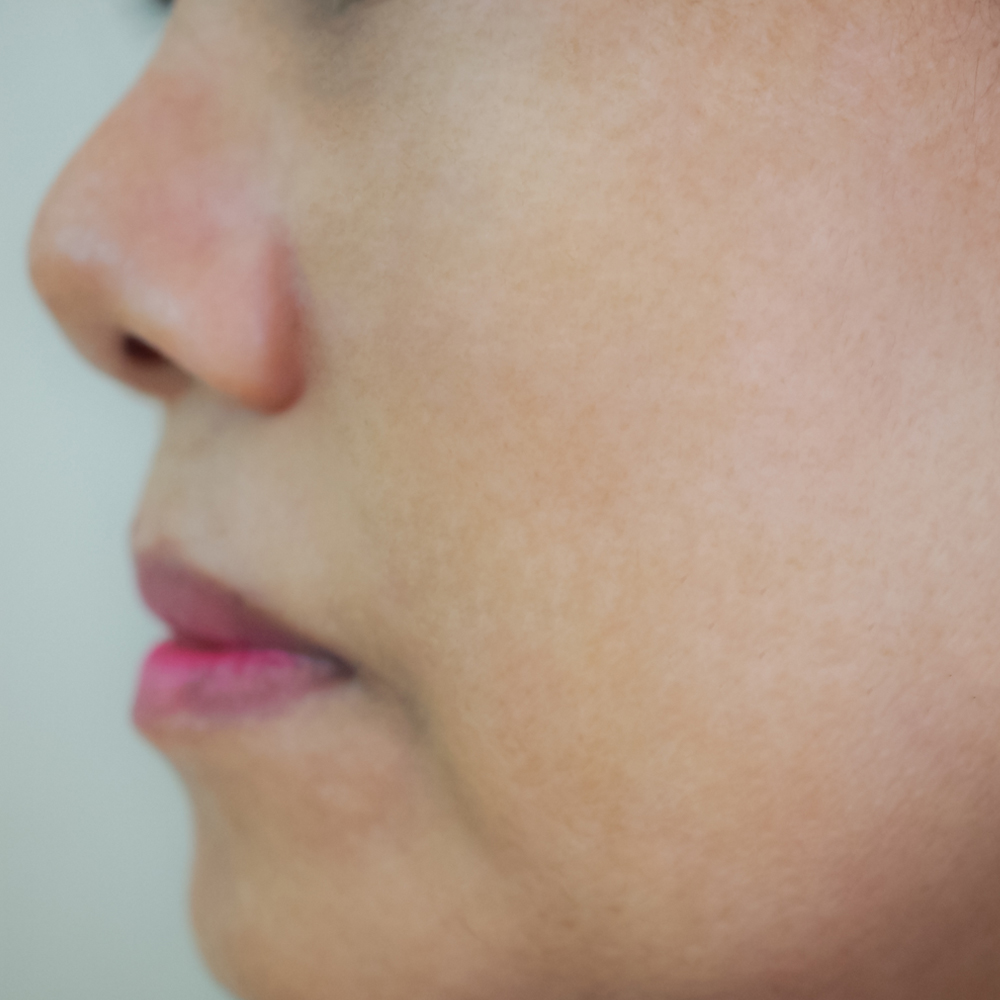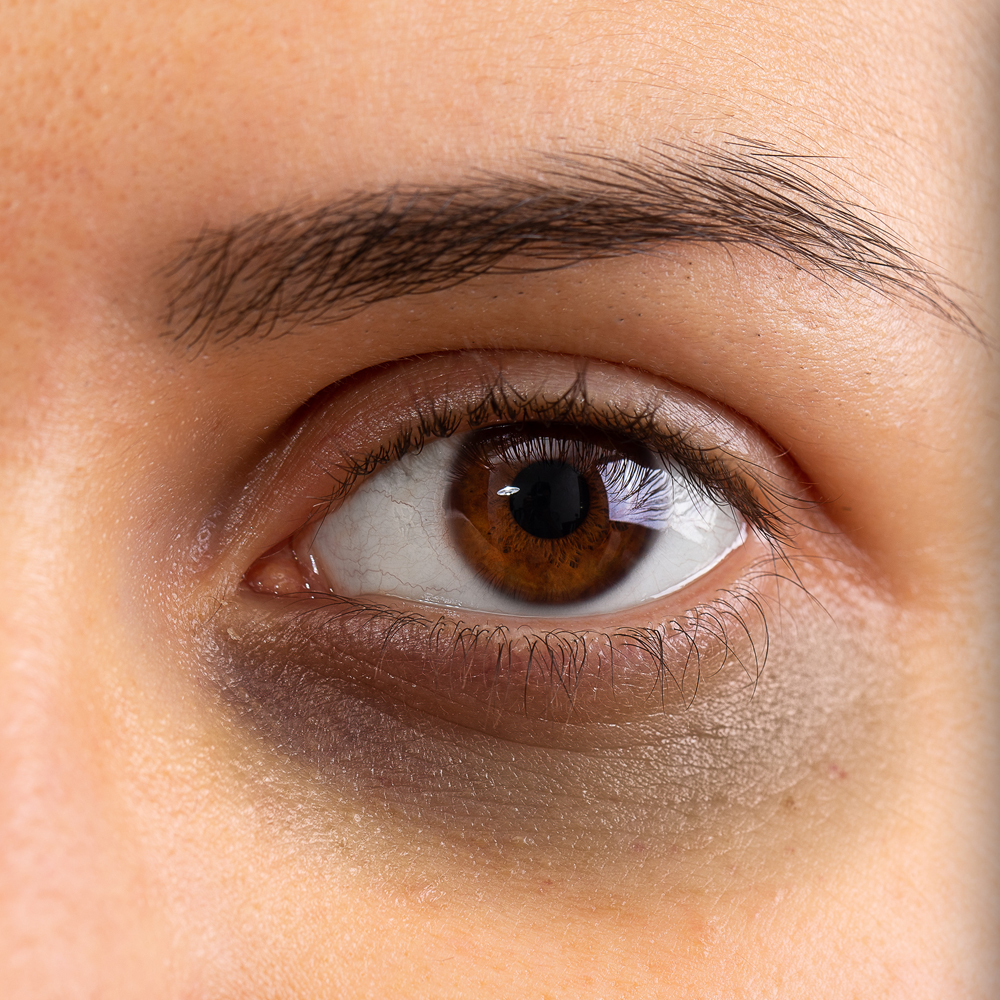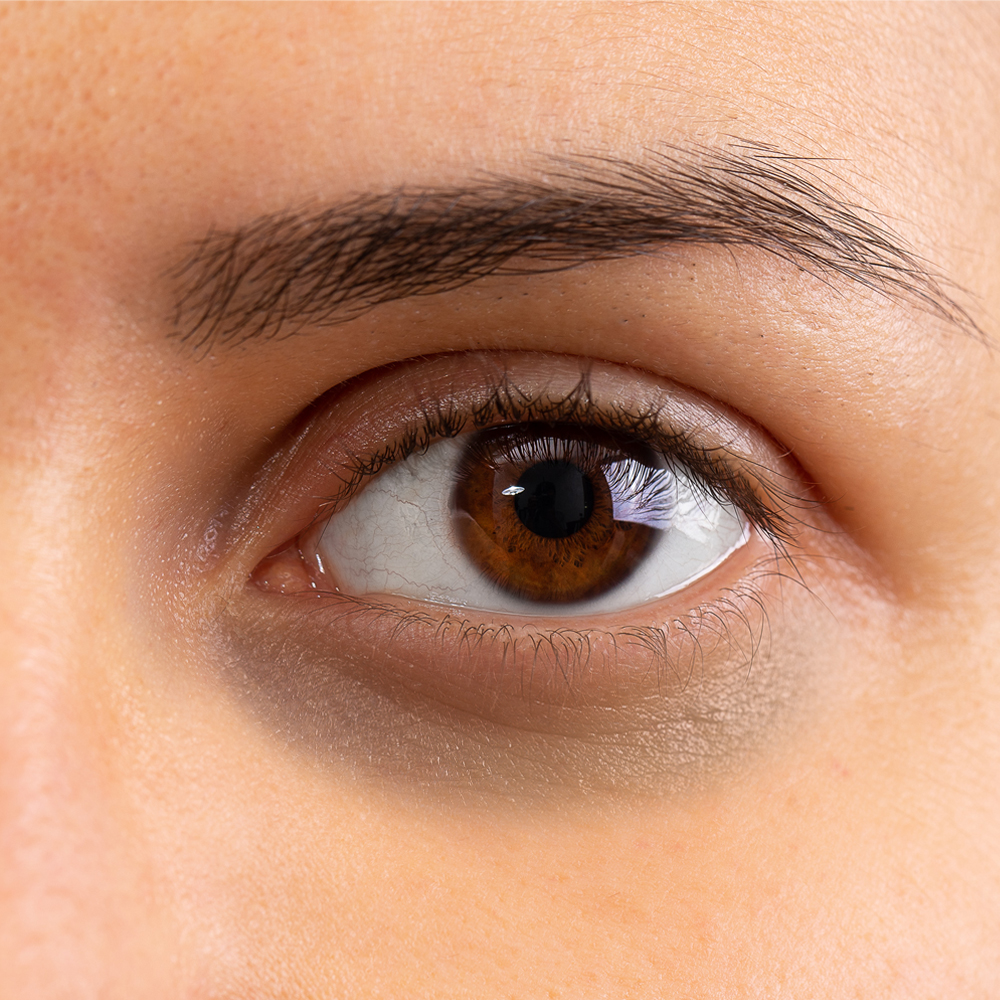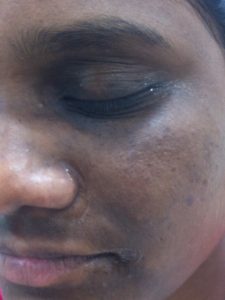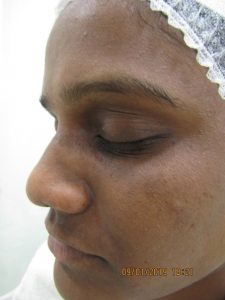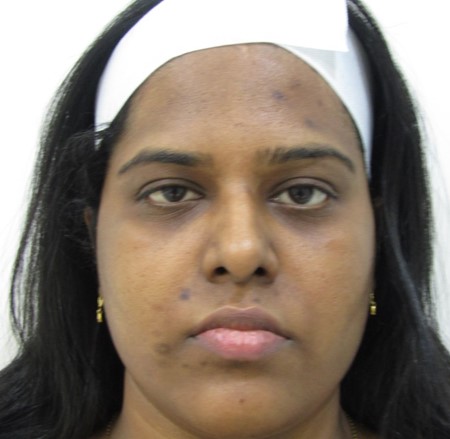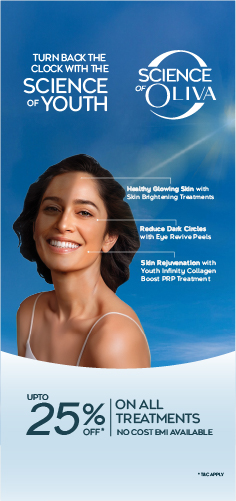In This Article
Skin Pigmentation Due to Sun Exposure: Causes, Treatments & Prevention
Prolonged sun exposure can affect your skin in many ways, and the first visible effect you will notice is pigmentation. Skin pigmentation due to sun exposure is the most common consequence where harmful UV rays can lead to an uneven skin tone, dark spots and patches, and dull skin. In this article, we will learn how sun exposure causes hyperpigmentation, ways to prevent it, and the best treatments available.
In This Article
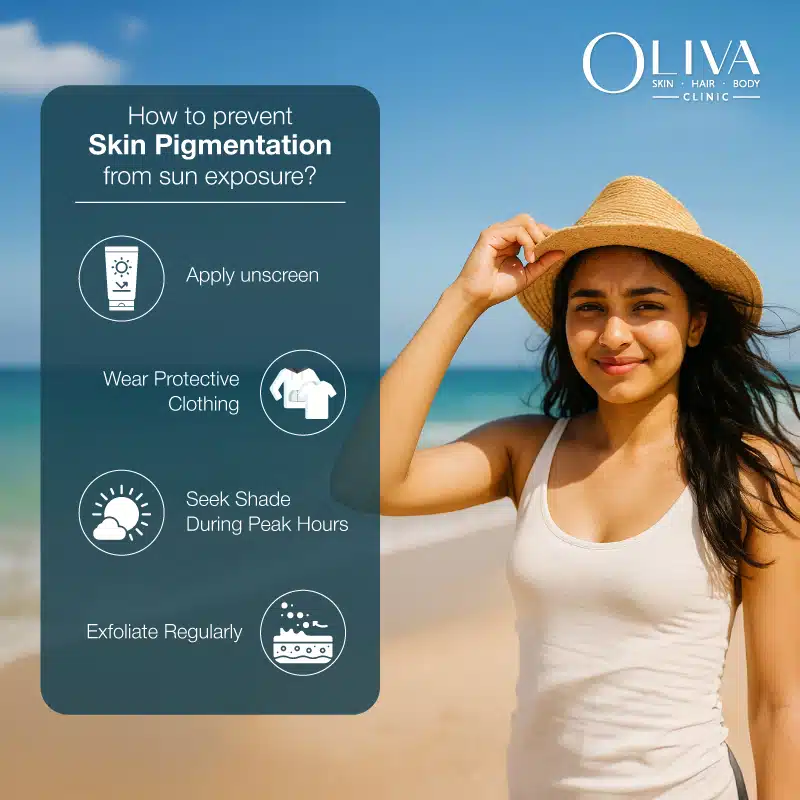
How Does Sun Exposure Cause Hyperpigmentation?
Exposure to the UV rays increases the production of melanin, the pigment responsible for your skin colour. It is the skin’s defence mechanism, [1] but most often this melanin production is irregular, leading to dark patches, spots, and an uneven skin tone on the face, neck and arms.
Signs Of Skin Pigmentation Due To Sun Exposure
Skin pigmentation from sun exposure can show up as:
- Brown or tanned patches, especially on the cheeks, forehead, nose, and jawline.
- Freckles that appear as small brownish dots, which can darken over time.
- Uneven skin tone, dull and dehydrated skin.
- Tanning that doesn’t reduce or fade.
- Dark spots after sunburn, where too much exposure first causes redness and then the skin turns black. [2]
How To Prevent Skin Pigmentation From Sun Exposure?
- Apply Sunscreen: Apply a broad-spectrum sunscreen with SPF 30 or higher, even indoors. Reapply every 4 hours, especially if you spend time outdoors or step out often. [3]
- Wear Protective Clothing: Use hats, umbrellas, sunglasses, and wear long-sleeved clothing for additional sun protection.
- Seek Shade During Peak Hours: Try not to expose yourself to the sun during the peak hours (10 am to 4 pm), as the UV rays are the strongest during these hours.
- Exfoliate Regularly: Gently exfoliate your skin to get rid of dead skin and other build-up, but make sure you speak to a dermatologist who can recommend the best chemical exfoliator and how often you should do it.
- Use Antioxidant-Rich Skincare: A dermatologist can help you with this too. Including antioxidants like vitamin C and niacinamide can slow down melanin production.
- Consult A Dermatologist: If pigmentation doesn’t reduce or persists, we suggest that you see a dermatologist who can recommend targeted treatments that give you lasting results.
The Importance Of Sunscreen In Preventing Pigmentation
- Protects From UV Rays: Sunscreens work as a protective shield, blocking the harmful UV rays from affecting your skin.
- Prevents Sunburns: Too much sun exposure can cause burns, peeling, and skin irritation, which further develops into hyperpigmentation. Sunscreens protect against sunburns.
- Slows Down Ageing Signs: Continued sun exposure leads to pigmentation like tan, uneven and patchy skin tone, fine lines, and wrinkles. Regular application of sunscreen delays the appearance of these ageing signs. [4]
- Reduces The Risk Of Skin Cancer: Sunscreen application can also reduce the risk of skin cancer.
When To Visit A Dermatologist?
It is best to visit a dermatologist for your pigmentation if:
- It is worsening, spreading or darkening further.
- When OTC products are not effective, and the pigmentation is stubborn.
- To get a customised pigmentation treatment plan and a skincare routine that works on your pigmentation.
- To ensure you are not suffering from other skin conditions.
How To Treat Skin Pigmentation Due To Sun Exposure?
Pigmentation due to sun exposure can be significantly reduced with scientifically-proven treatments such as:
- Laser Toning: This US FDA-approved treatment targets melanin deposits to reduce the dark spots and uneven skin tone. It works on post-inflammatory hyperpigmentation, mild melasma and freckles, and dark spots. It also stimulates collagen production. It is effective for all skin types and has minimal downtime.
- Chemical Peels: This treatment gently exfoliates the pigmented layers of the skin. It contains plant-based acids of varied strengths, and dermatologists customise the peel strengths based on the client’s pigmentation type and severity.
- Eyerevive Peel: This gentle peeling treatment is specially designed for the undereye area, targeting fine lines, dullness, and dark circles. It brightens the area and gives you a refreshed look.
- BioRePeel: This specialised treatment is effective for areas like the underarms, knees, hands, and feet that are prone to pigmentation, resulting in a brighter skin tone.
- Rejuvenating Facials: Oliva has a line of skin rejuvenation treatments, medi-facials, designed and performed by experienced dermatologists, offering instant results that last long with assured safety.
Before & After Results Of Pigmentation Treatment At Oliva
Take a look at the extraordinary results of pigmentation treatments at Oliva Clinics. Real people. Real transformations.
Takeaway
Skin pigmentation from sun exposure is preventable with the right and timely skincare routine and products. Further, if you are suffering from stubborn pigmentation, there are several advanced dermatological treatments that are effective, safe, and give lasting results.
For safe treatments with long-lasting results, book a consultation with us!
Read This Next
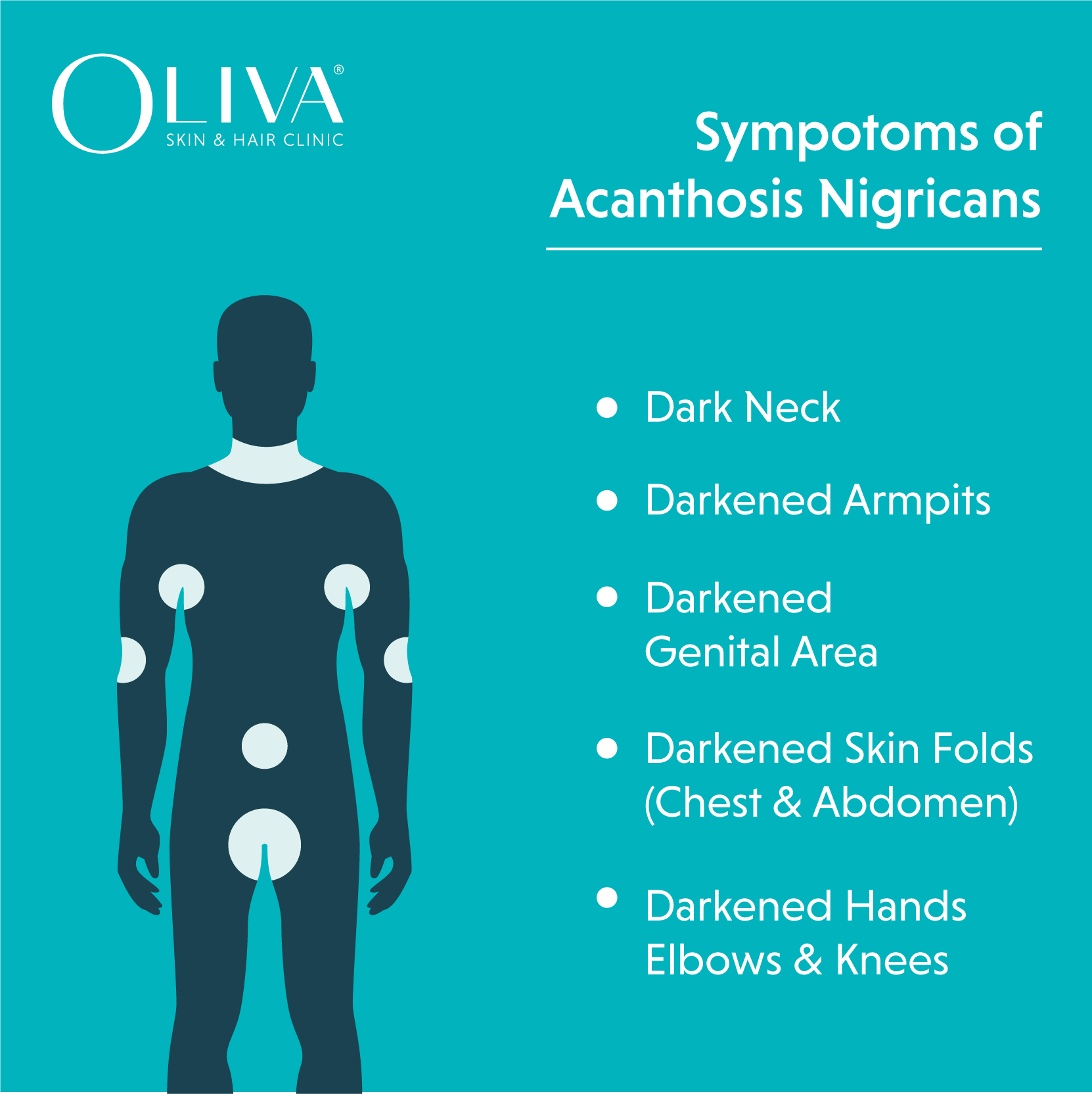
Acanthosis Nigricans Treatment: Diagnosis, Causes & Symptoms
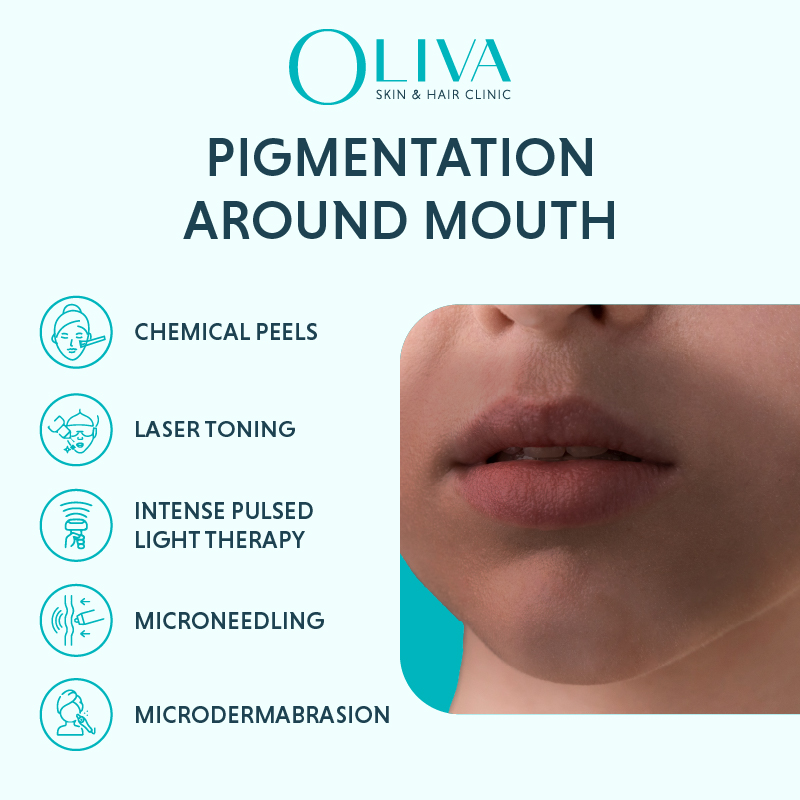
Hyperpigmentation Around Mouth: Causes, Treatments & Prevention
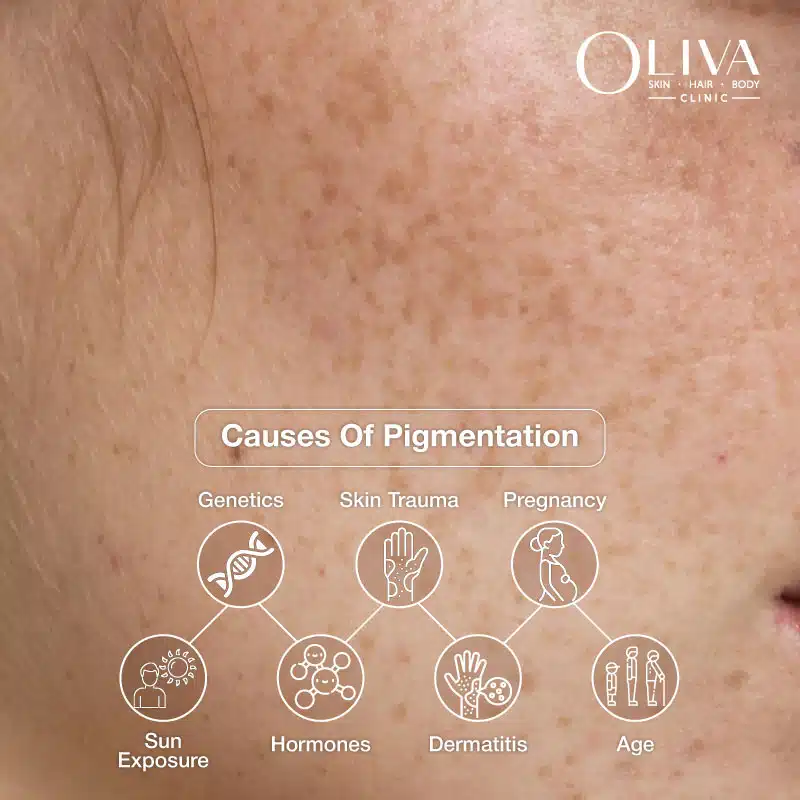
Causes Of Pigmentation On Face: Treatments & Prevention Tips
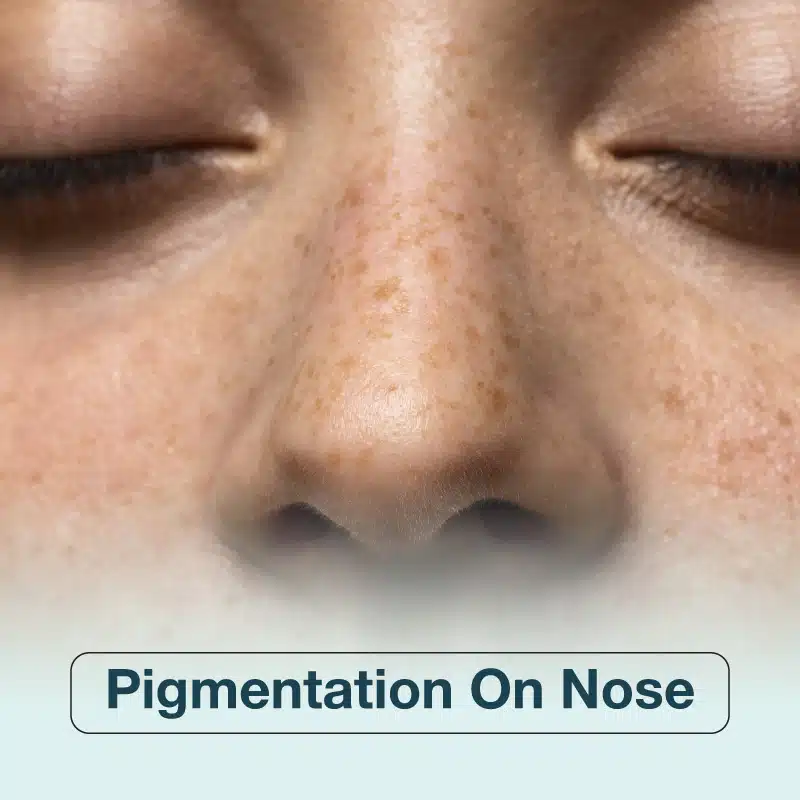
Pigmentation on Nose: Causes, Types & Best Treatments
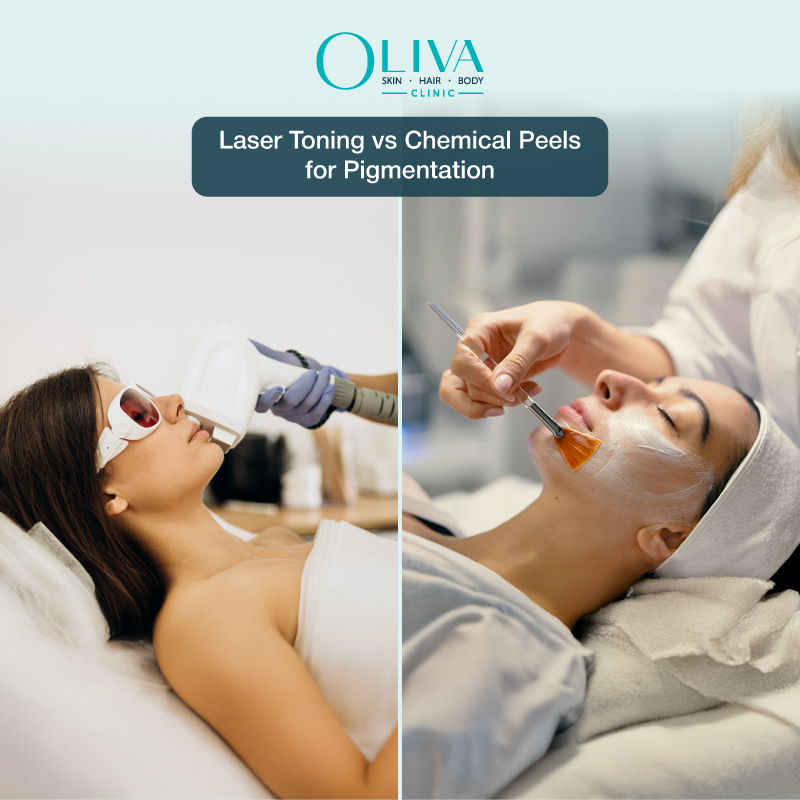
Laser Toning Vs Chemical Peel for Pigmentation: Which Treatment Is Best?

